Apart from its main distribution channel Cashbuild, the company also operates the P&L Hardware chain, which it acquired in 2016. On its reporting date the group had a total of 315 stores, including 59 P&L Hardware stores and one DIY store. How do these two formats differ?
Cashbuild is a formalised model with 90 per cent of the stores looking exactly the same. The retail area profile typically comprises a 1 200 m² sales area with an 800 m² overflow yard and 130 m² of facilities.
Each store only stocks 3 500 SKUs on average. The focus is on structural and necessary building materials and related products. Cement accounts for 22 per cent of revenue. Other strong categories are structural timber, bricks, roofing material and paint.
Compared with American or European home improvement stores, for instance, this assortment is extremely small, but is tailored very precisely to the market and target groups that Cashbuild aims to reach, as CEO Werner de Jager explained when interviewed. This is because tradespeople account for roughly 60 per cent of the retailer's sales, although private builders are an important target group too.
To attract and retain customers in the consumer sector in particular, Cashbuild has invested in its own app. "It's not like a traditional loyalty programme, but we collect your information at the point of sale," de Jager explained when talking to the South African Sunday Times. Customer engagement is to be taken to the "next level", and the app now has more than a million users.

 Menü
Menü




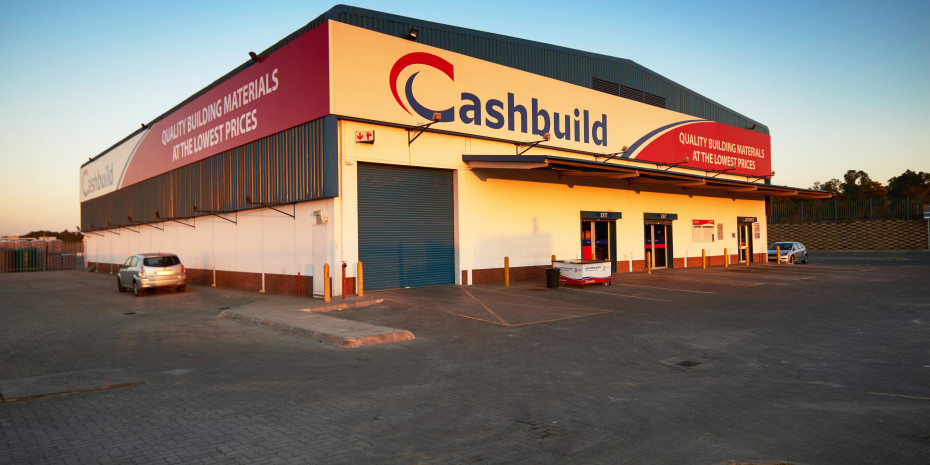
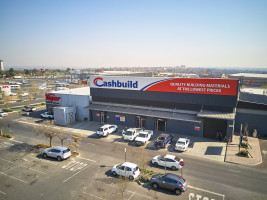


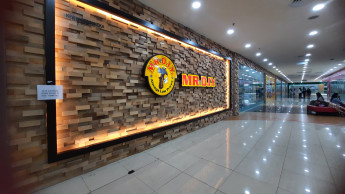


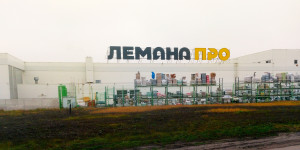

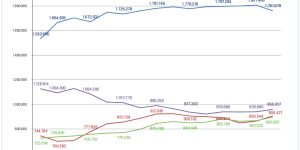
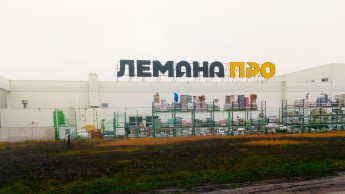
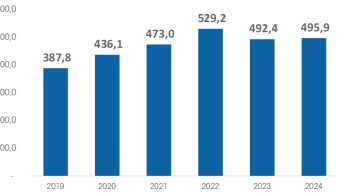
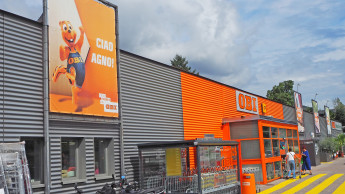
 Newsletter
Newsletter